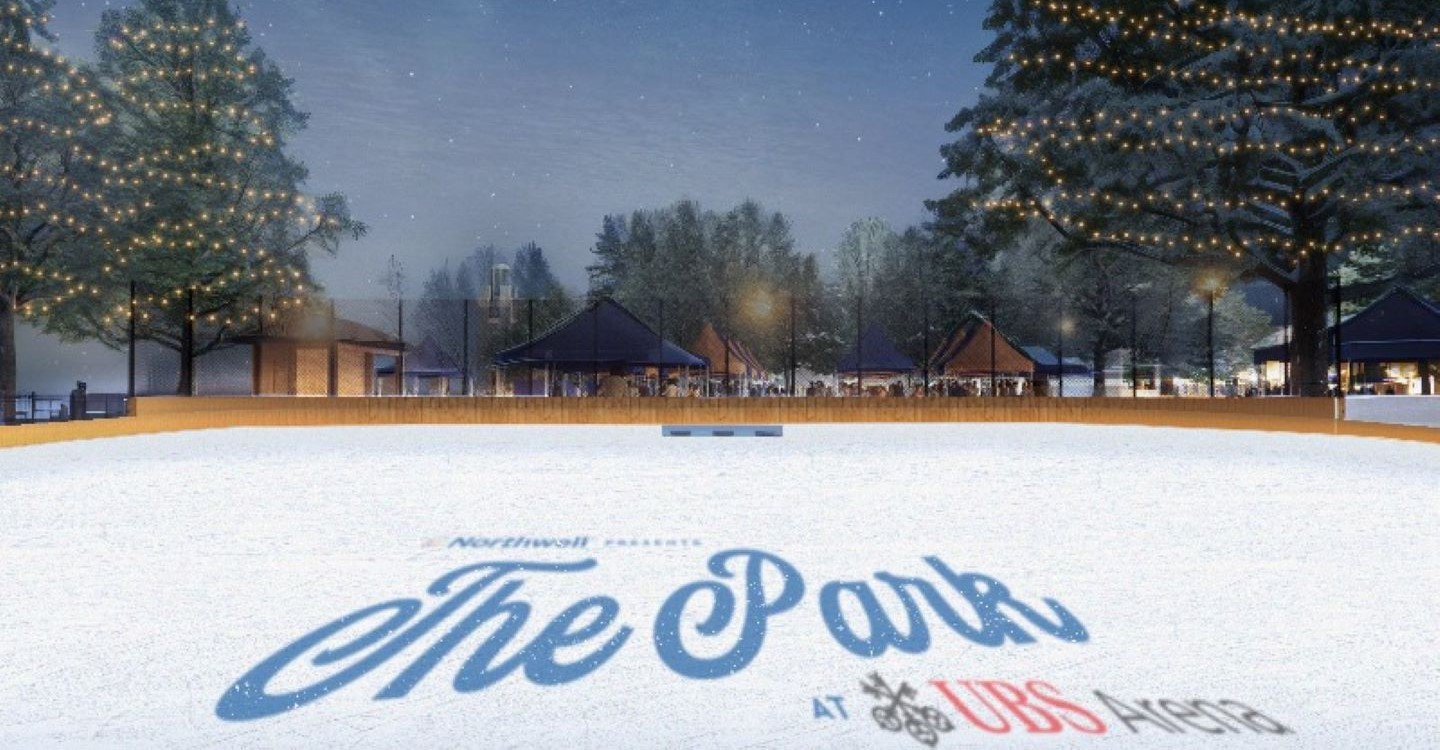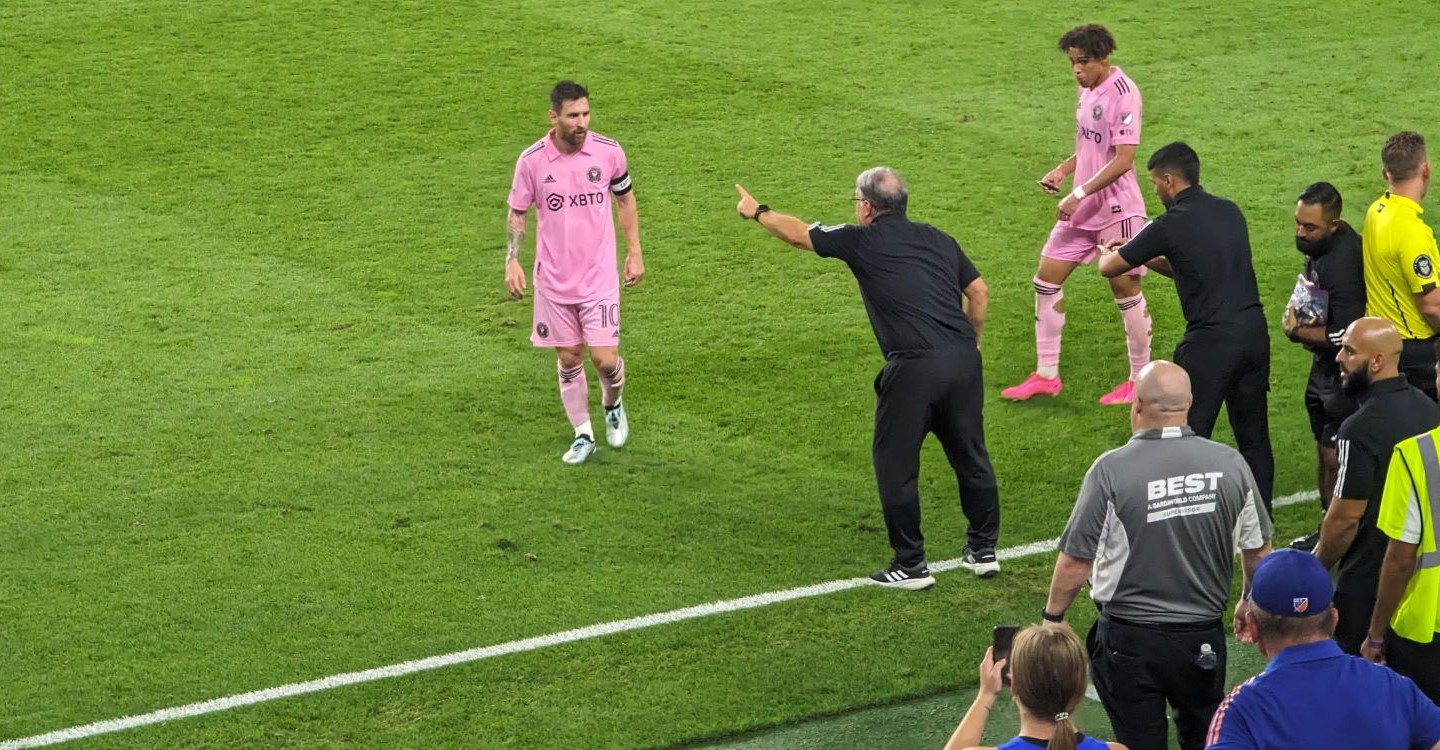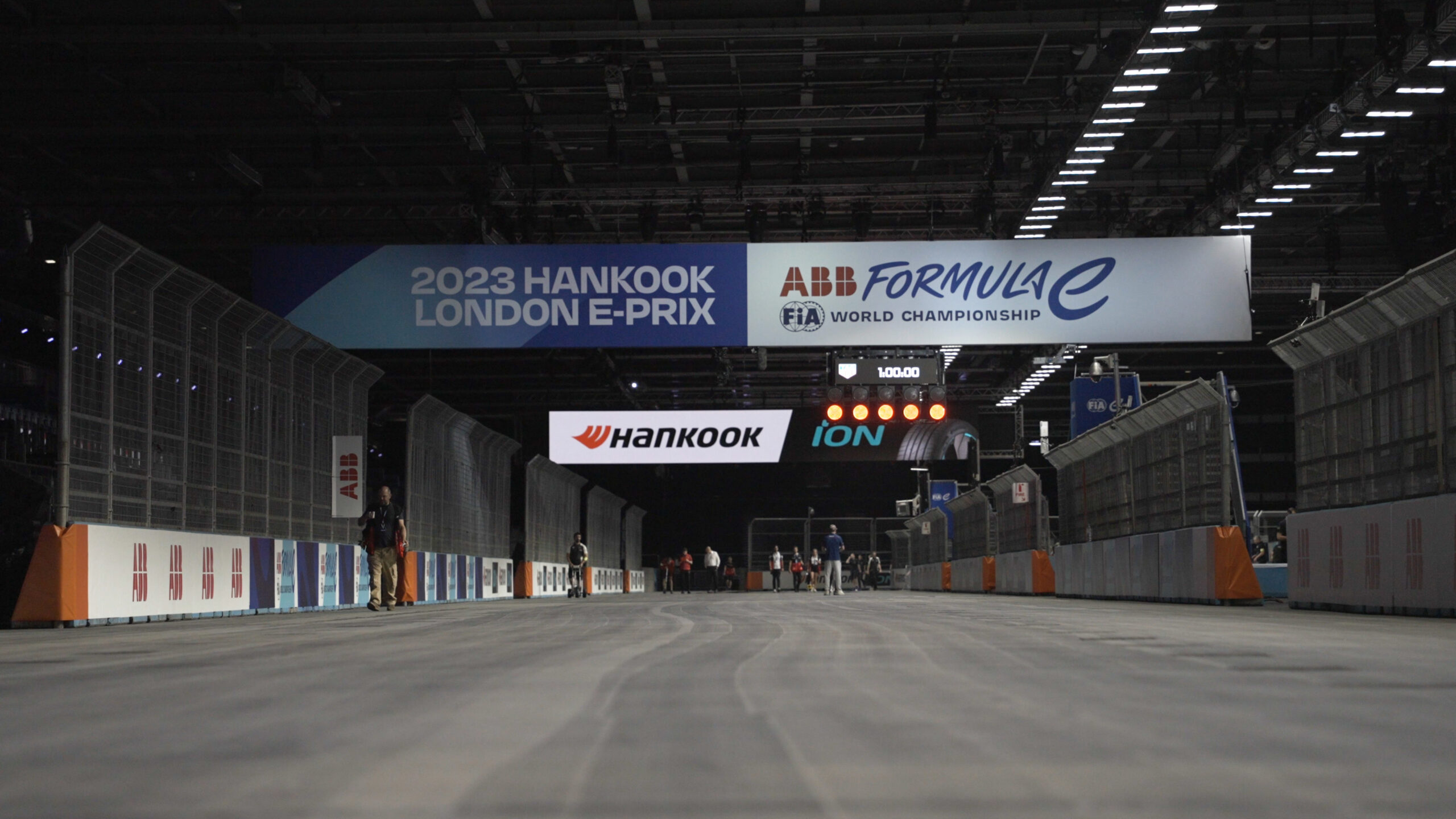By unveiling state-of-the-art robots that will assist and engage spectators, the organisers of the Tokyo 2020 Olympic and Paralympic Games this week set the parameters for what will be an intriguing testing ground for the role of technology in fan experience.
The organising committee is working with Tokyo 2020’s commercial partners, Panasonic and Toyota, as well as robotic industry experts, the Japanese government and the Tokyo Metropolitan Government on the so-called Robot Project.
The initiative features creations that will assist in a range of circumstances, from a Field Support Robot that will determine the optimal path for staff to follow when retrieving items on the athletics field, such as javelins and hammers, to Power-Assist Suits that will help operations staff to load and unload heavy boxes.
However, the organisers have said that the overall aim of the project is “to provide support to Games spectators in a variety of situations, and promote widespread social use of robots created for the Games”. With that in mind, the public-facing innovations that have just been unveiled could prove to be a game-changer at major events, if they are successfully received by fans from across the globe.
Mascot Robots
Perhaps the most conspicuous creations will be two of the “mascot-type” robots – Miraitowa and Someity – which have been developed by Toyota and will welcome people to Games venues with human-like facial expressions and movements, such as shaking hands and waving.
With cameras fixed to the robots’ heads, allowing them to recognise when people are nearby and react to them, the robots, significantly, will assume a welcoming role that would have previously been the responsibility of a human volunteer.
“The Tokyo 2020 Robot project aims to ensure the Tokyo 2020 Games will be the most innovative ever, with the new robots expected to provide visiting fans and those watching remotely with an experience they are unlikely to forget,” a Tokyo 2020 spokesperson said.
“Tokyo 2020 and Toyota are additionally discussing a number of ways for the Mascot robots to make it easier and more enjoyable for children to experience the Games.”
Other robots have been designed to provide practical support, including assisting spectators in wheelchairs by delivering goods and guidance within competition venues.
Fan Experience
Meanwhile, other creations will aim to take the fan experience further afield across the host country.
A humanoid robot that will receive images and sounds transmitted from events by the mascot-type robots will convey sensations to fans located remotely – such as a hand grip when it shakes hands with or high-fives an athlete to fans located remotely – and a virtual reality robot equipped with a 360-degree camera that will beam back live communications and images from the Games.
Although some of the robots’ roles may have previously been held by volunteers, the Games’ organisers have insisted that the individuals themselves have not been overlooked.
Over 200,000 people have applied to be a volunteer for the Games, with the number set to be ultimately whittled down to 80,000.
However, having pledged to host the most innovative Games in history, it is clearly Tokyo 2020’s belief that human-facing technology should play a more significant role in the Olympics than ever before.
This exclusive interview is part of “Fan XP” – a newsletter designed to keep you abreast of the latest innovations, strategies and more regarding fan experience across the globe. To sign up, please click here.









